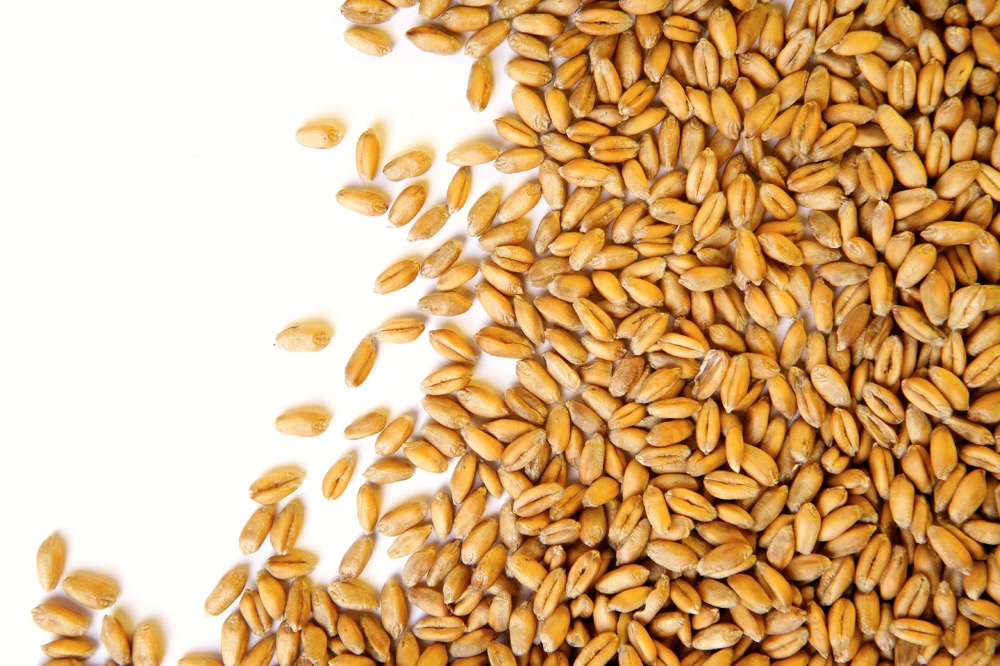Glacier FarmMedia | MarketsFarm — Crops in Saskatchewan are developing in opposite directions, the province’s latest crop report said. Growing conditions in the province vary, with some areas receiving enough rain while other locations are experiencing crop stress due to hot, dry conditions.
During the week ended July 7, Saskatchewan received up to 44 millimeters of rain in the Hanley area, with Serath, Lampman and Semans getting 28 to 32 mm. However, limited rainfall in several other areas has led to declines in moisture ratings:
• Topsoil 55 per cent adequate, 33 per cent short and 12 per cent very short
Read Also

IGC raises 2025/26 world wheat crop forecast
The International Grains Council has raised its forecast for 2025/26 global wheat production with crop outlooks upgraded for Russia, the United States and Argentina.
• Hayland 43 per cent adequate, 38 per cent short and 19 per cent very short
• Pastures 33 per cent adequate, 40 per cent short and 27 per cent very short
The crop report said Saskatchewan’s winter cereals were nine per cent ripe, 47 per cent dough, 38 per cent heading and five per cent in the flag leaf and stem elongation. Of the spring cereals, four per cent were dough, 53 per cent were heading, 28 per cent at flag leaf and 15 per cent at stem elongation or tillering.
Of the oilseeds, the province’s flax was one per cent ripe, two per cent boll, 31 per cent flowering, 62 per cent stem elongation and four per cent seedling. The canola and mustard were at two per cent podded, 55 per cent flowering, 29 per cent bolting, 12 per cent rosette and one per cent seedling.
The pulses ranged from 11 per cent podded, 67 per cent flowering, 21 per cent vegetative and one per cent seedling.
Crop damage across the province ranged from a few instances of dry conditions, hot temperatures, wind, and hail. There were also areas where excessive rainfall prevented farmers from spraying fungicides. Also there were reports of insect and wildlife damage.












